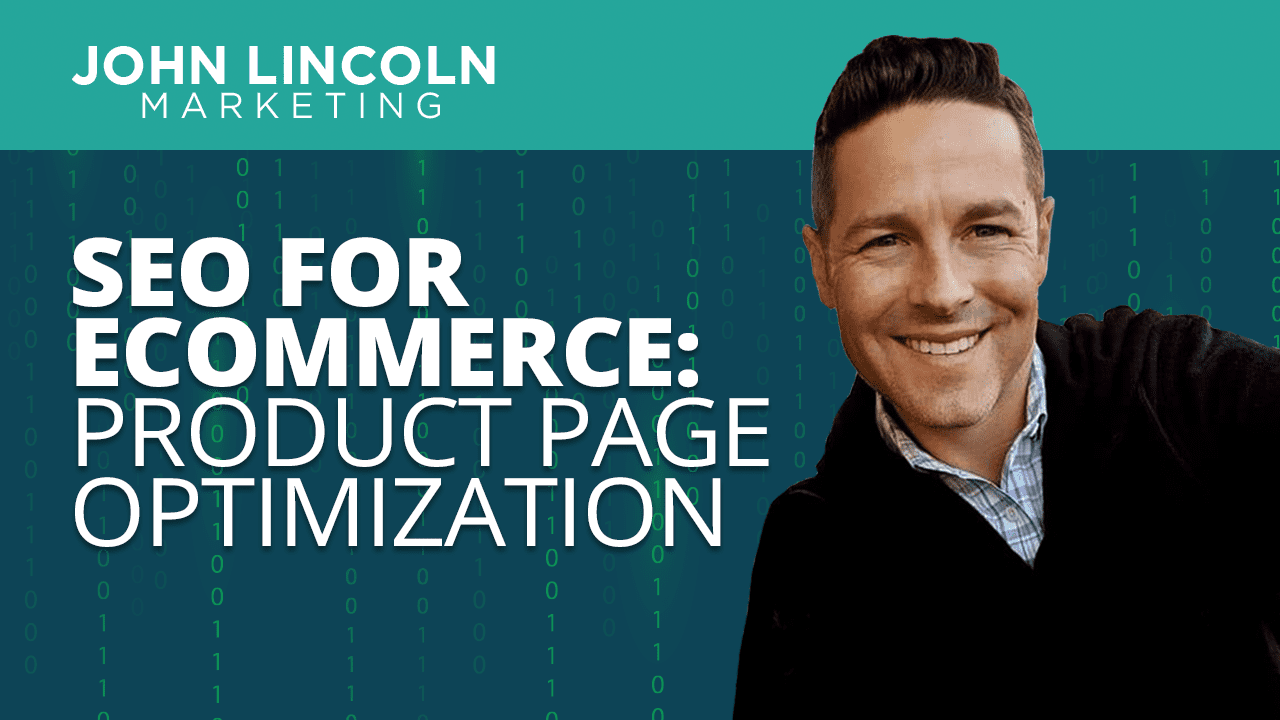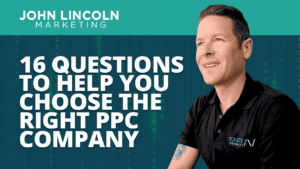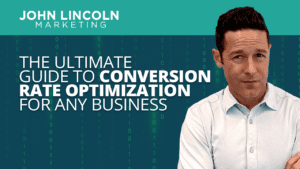SEO for Ecommerce: Product Page Optimization

Keep in mind: ecommerce SEO is unique. It’s not like optimizing content in an article or blog post.
That’s because Google treats product pages differently than other content. After all, you’re trying to sell something. Other pages tend to offer information or entertainment.
Fortunately, SEO for ecommerce isn’t that difficult. And once you get the hang of it, you’ll enjoy the rewards.
Here are a few SEO tips for ecommerce to get more traffic to your product pages.
1. Add Original Content on Each Page
On your product pages, make sure you give detailed information.
Make sure you add an original description to your detail pages. Also, original images.
It’s likely that the manufacturer’s product description is already on the web.
That means you can’t just copy the product description from the manufacturer; that’s duplicate content.
It’s likely that the manufacturer’s product description is already on the web.
That means you can’t just copy the product description from the manufacturer; that’s duplicate content.
Instead, describe the product in your own words. Heck, you can probably describe it better than the manufacturer, anyway.
Also, include original imagery. That’s how users can be sure that they’re ordering the product they really want.
Remember: search engines can also pick up on duplicate photos.
Include variations of the product as well. For example, if it comes in different colors, display the product in all colors on the page.
Finally, throw in a video.
2. Optimize for the Product’s Name
It’s this simple: optimize category pages for category names and product pages for product names.
Practice good ecommerce SEO by separating category page optimization from product page optimization.
For example, if you’re selling saltwater fishing tackle, you probably have a category for fishing reels. And you sell countless reels under that category.
Let’s say one of those reels is a TLD-25. In that case, don’t optimize for something like “Fishing Reels TLD-25.”
Optimize the category page for “Fishing Reels.” Optimize the product detail page for “TLD-25.”
Trying to optimize for too much on one page confuses the search engines. Stick to the most relevant and specific keyword.
3. Display Unique Reviews for Each Product
Ask yourself the following question: when searching for products online, what do you almost always look at?
Probably the aggregate review rating.
And then you read the reviews, right?
Your customers are no different. Simply put: you need reviews.
Try to get up to 30 reviews on each product detail page. That will give your customers reassurance knowing that others have bought your product before them.
Remember: if you’re using proper markup, Google can pick up those reviews. And positive reviews may earn you a better rank.
The review rating might even show up in search if you’re optimizing for rich results.
4. Make Sure Your Product Pages Are As Fast As Possible
Speed matters. Especially in ecommerce SEO.
Simply put: your product detail pages need to load faster than the pages on competing websites. Make that your goal if it isn’t already.
Why? For one, user experience. You want customers to get the info they’re looking for as quickly as possible.
The better the experience you give your visitors, the more likely they’ll come back.
But a fast-loading page will also give you a ranking boost.
Make sure you pay attention to Core Web Vitals. Those are the three amigos of user experience:
- Largest Contentful Paint (LCP) – Measures loading performance. Aim for under 2.5 seconds.
- First Input Delay (FID) – Measures time to interactivity. Aim for under 100 ms.
- Cumulative Layout Shift (CLS) – Measures visual stability. Aim for a value less than 0.1.
You can review your Core Web Vitals scores on Google Search Console. Just click on Page Experience on the left-hand sidebar. It’s under the Experience heading.
5. Include a “Wish List” or “Favorites” Option
You’ve no doubt seen it before when shopping online.
You’re browsing around and notice a product you might like to buy. But not now.
So what do you do in that situation? You probably click the little heart icon so you can look at the product again later.
That’s what you need on your site as well. Allow people to save products they’re interested in on a “Wish List.”
Better yet, give folks the opportunity to create a list and name it as they see fit. That’s especially important if you’re selling products that span multiple categories.
6. Create a Trail of Breadcrumbs
Here’s another important part of the user experience: breadcrumbs.
You might be unfamiliar with the concept of breadcrumbs. They’re links showing visitors how they got to the current page.
In that case, the breadcrumbs at the top of the page will show people both the title of the current page and a link to the category page that they just visited.
They make it easy for visitors to get back to where they came from.
But they’re also good for SEO. Remember: they’re links.
That means each one of them is an internal link. A free link to your own website.
7. Caution: Don’t Create Multiple Versions of the Same Page
You might want to create product-specific videos or image galleries. That’s a great way to give people more details about what you’re offering.
Just make sure that you don’t put that type of content on a separate page. Again, you might end up creating duplicate content.
Instead, create sections for videos or image galleries on the product detail page itself. If you want to link to those specific sections, use anchor tags.
8. Avoid Filters
Modern-day ecommerce software offers some really nice, user-friendly features. One of those features is a filter.
A filter allows visitors to search for specific products based on characteristics such as size, color, and the manufacturer.
One problem, though: some ecommerce applications serve up a different URL for each filter. And some of those URLs might end up getting indexed.
Then you’ve got multiple URLs with the same content. That amounts to duplicate content.
Once more, with feeling: duplicate content is bad.
If you’ve got software that creates separate pages for each filter, make sure to noindex those pages. Or use rel=”canonical” on them so they point to the page with the original content.
The best solution, though: get a development team to update your software so it doesn’t create extra URLs.
Wrapping it Up
And there you have it: seven great ways to optimize your product pages.
You might not be able to follow all the advice I give above. But you can probably prioritize one or two points in the next couple of weeks.
Feel free to pick the items that are best suited to your marketing. Then, get the ball rolling.
Welcome To John Lincoln Marketing
Welcome to John Lincoln’s personal website. You can learn about John Lincoln’s books, films, book him to speak and contact him. John is directly associated with many of the businesses mentioned on this website and freely discloses this information.
About the Author

John Lincoln is CEO of Ignite Visibility, one of the top digital marketing agencies in the nation. Ignite Visibility is a 6x Inc. 5,000 company. Ignite Visibility offers a unique digital marketing program tied directly to ROI with a focus on using SEO, social media, paid media, CRO, email and PR to achieve results. Outside of Ignite Visibility, Lincoln is a frequent speaker and author of the books Advolution, Digital Influencer and The Forecaster Method. Lincoln is consistently named one of the top digital marketers in the industry and was the recipient of the coveted Search Engine Land “Search Marketer of The Year” award. Lincoln has taught digital marketing and Web Analytics at the University of California San Diego since 2010, has been named as one of San Diego’s most admired CEO’s and a top business leader under 40. Lincoln has also made “SEO: The Movie” and “Social Media Marketing: The Movie.” His business mission is to help others through digital marketing.
Get Social
Contact John Lincoln
Want to get in touch with John Lincoln? Click Here To Reach Out.
Related Posts

Top 16 Questions to Ask a PPC Company in 2024
In 2024, choosing the right PPC company is not just about spending your advertising budget. You want to make every cent count towards your business

The Ultimate Guide to Conversion Rate Optimization for Any Business
Whether you’re a seasoned marketer or just starting out, conversion rate optimization (CRO) is a powerful tool that can boost your sales, leads, and overall

16 Questions to Help You Choose an SEO Company
Feeling overwhelmed by the sea of SEO companies out there? You’re not alone! Choosing the right partner is crucial for achieving your online marketing
